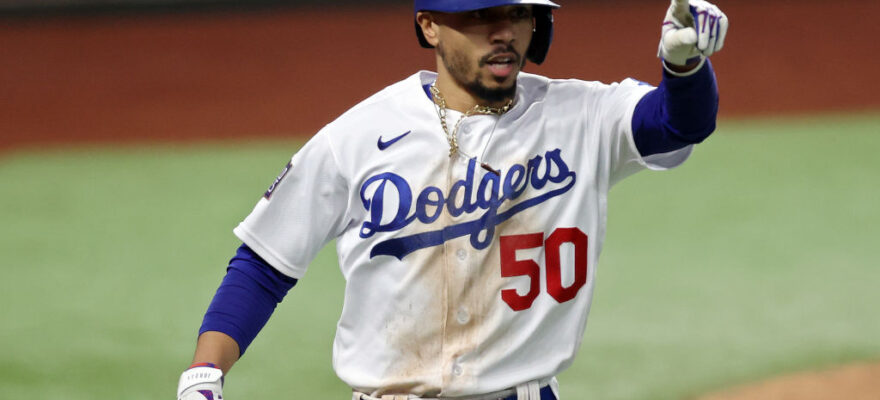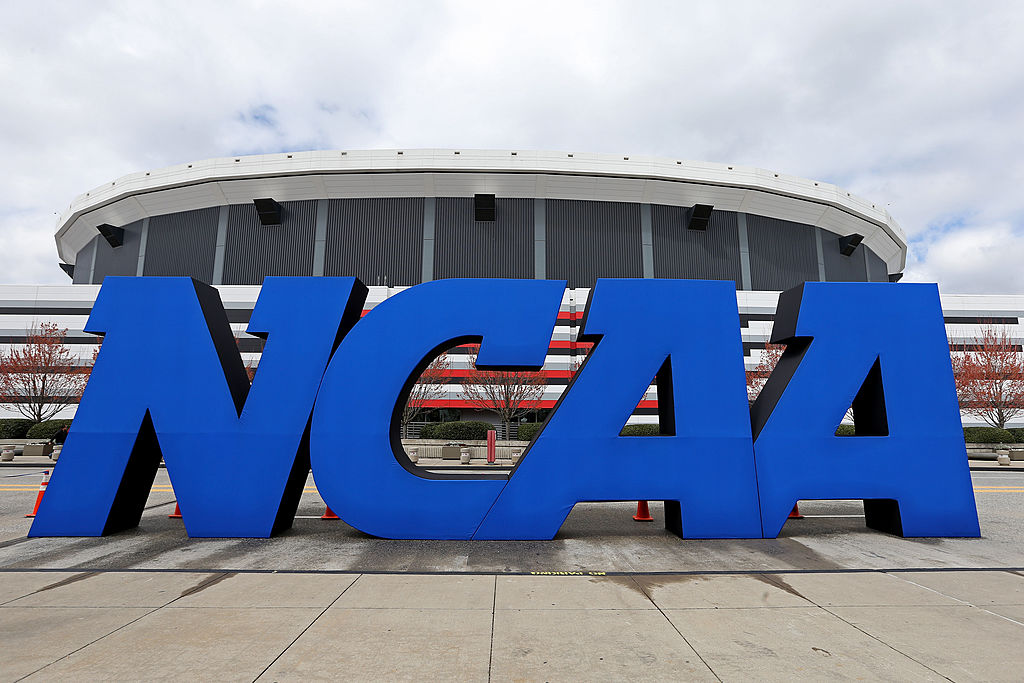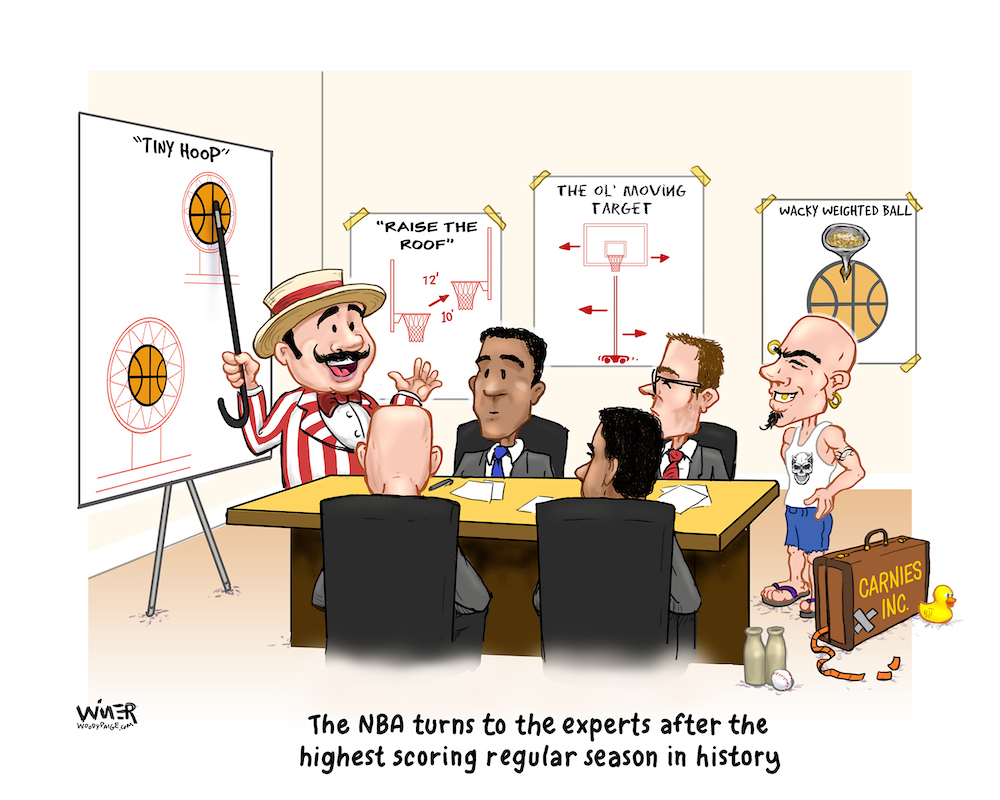
Major League Baseball Commissioner Rob Manfred went on the record on January 11th, telling MLB players and teams to prepare for a normal Spring Training and a full 162-game regular season. That means camps will begin roughly a month from right now in Arizona and Florida. First games are scheduled for February 27.
Meanwhile, Arizona is currently the hottest of the nation’s COVID-19 hotspots. The virus is spreading faster and infecting more people in that state than anywhere else in America. And there are 15 MLB teams – that’s more than 1,000 players, coaches and support staff – that are supposed to open camps right in the middle of all that.
Cactus League games, anyone?
MLB – and the NBA, NHL and College basketball – are all stuck between that proverbial rock and a hard place. Everyone in the world needs to continue to take every precaution possible to try to slow the spread. Clearly, shutting the games down entirely would be the most effective way to slow the spread. BUT, many people’s livelihoods – and not just the players and coaches – depend on these sports leagues continuing to operate. It’s not just about us getting our games to watch. Entertainment value aside, there are real economic consequences when these events are shut down. Everyday people who work in and around the ballparks are dependent on the games getting played.
Thankfully, we’re likely to see the impact of COVID-19 dramatically decrease sometime after the flowers bloom this spring. That’s due of course to the arrival of vaccines. The shots are being given to those at the highest risk right now, with the hope that everyone who wants one can get the shots by sometime this summer.
Yet, MLB is supposed to get started – and the NBA, NHL and NCAA continue trying to play – as things currently are (which is very bad), well before things start to get incrementally better.
Whatever type of “bubble” environment that MLB tries to create for Spring Training won’t mean that everyone who descends on Arizona in mid-February won’t be exposed to the virus that’s rampaging through the state. There are most certainly going to be infections among players, coaches and/or staff. The NBA is proving that to be true right now. COVID can still have a major impact on the season – and more importantly – on a lot of people’s livelihoods.
The NBA is experiencing a substantial outbreak among players and staff, with key players being ruled out
and multiple games being postponed. College hoops is being wrecked much like college football was. It’s all very costly in more ways than one.

So…is the status quo the best way to continue moving forward? Or should – maybe – college and professional athletes be bumped closer to the front of the line to be vaccinated, thereby greatly improving the chances for normal seasons?
No, these young adult athletes are not among the highest at-risk persons in terms of what COVID-19 can do to your short and long term health. And no one has or will make any argument to suggest that those who are in the most danger of being harmed and/or killed by the virus should not continue to be the top priority for getting the vaccine. But after that…when “Phase Two” starts, might everyone be better off if the players and coaches (some of whom are of the age where they already qualify to be part of Phase Two) got shots before some others in the middle age bracket so that the seasons can go on and thousands of people can keep their jobs?
Recently, we’ve discovered that the current supply of the vaccine isn’t what we’d been previously told (imagine that) and that maybe shots aren’t as available as we’d hoped right now. Again, no one is suggesting that the top priority group should be changed. High risk elderly people, health care workers, etc, should all get shots first of course. But a strong case can be made for college and professional athletes and coaches being among the next highest priorities.
There are still two new vaccines awaiting approval, and when that approval happens, supplies should improve by a lot. Even new shots that are deemed slightly “less effective” – 90% instead of 95% – would be seem to be applicable for athletes, the vast majority of whom are between the ages of 18 and 35. And if baseball players have to wait until they arrive at spring training sites to get vaccinated, so be it. The currently approved shots normally take about four weeks to take full effect, so protocols would still be needed in the spring…but maybe we’d get to watch a more normal version of baseball in the summer?
Normal would include fans in the stands of course, and it’s a safe guess that fans may be able to return before the All-Star break. But before we reach normal, we will need the events to take place. Best way to do that would be to vaccinate the participants sooner rather than later.
More from The Woody Paige Sports Network:
- Woody Paige: That time I played blackjack with Michael Jordan in Monte Carlo
- Atlanta Falcons lose by accidentally scoring a touchdown
- Woody Paige: Denver Broncos could become NFL’s version of New York Knicks
- Woody Paige: Who will emerge as the next owner of the Denver Broncos?
- It’s time for Urban Meyer to make the jump to the NFL
- Woody Paige: Succeeding John Elway in Denver will be no easy task
- Woody Paige: Here’s how the Broncos should handle Von Miller and Justin Simmons


















